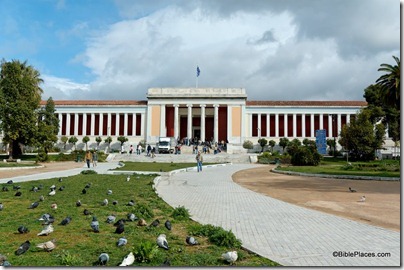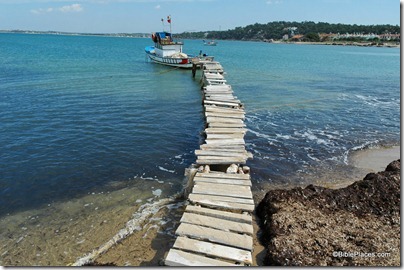If you’re thinking of a trip to biblical lands, you might want to choose a country other than Greece this year. From the Guardian:
The greatest repository of ancient Greek art – the National Archaeological Museum of Athens – has become the latest victim of the economic crisis engulfing Greece, with visitors getting only a peek at its renowned collections.
As the long-awaited tourist season begins, the debt-choked country’s top attraction is in the news for all the wrong reasons: closed exhibition halls, neglect and exasperated holidaymakers.
“This is our first time to Greece and of course we’re disappointed,” said Shareen Young, from Orange Country, California, who on Friday found herself locked out of the venerable institution because of a staff shortage. “I had really wanted to see the golden Mask of Agamemnon and other treasures of Troy.”
Barbara Vimercati, an Italian tourist, was also left standing outside the museum’s monumental bronze doors. “It says it’s open until 4pm but it’s not, and there isn’t even a note explaining why,” she said, making do with a glimpse of cellophane-wrapped statues in an adjacent corridor. “It’s unbelievable. We don’t understand.”
Most Greeks, including the museum’s keepers, are similarly at a loss. “We have 11,000 exhibits, five permanent collections and galleries over more than 8,000 square metres of space,” said Alexandra Christopoulou, a museum representative. “The season begins in April. I really don’t know why it has taken so long for the culture ministry to send extra personnel.”
With just 30 guards to supervise displays that require at least 130 on a daily basis, only eight of the museum’s 64 exhibition halls were open to the public last Sunday, according to the Kathimerini newspaper. Visitors have reportedly almost come to blows with staff when they discover that their €7 (£6.25) ticket gives them access to only a fraction of the displays.
The story continues here.
HT: Jack Sasson

